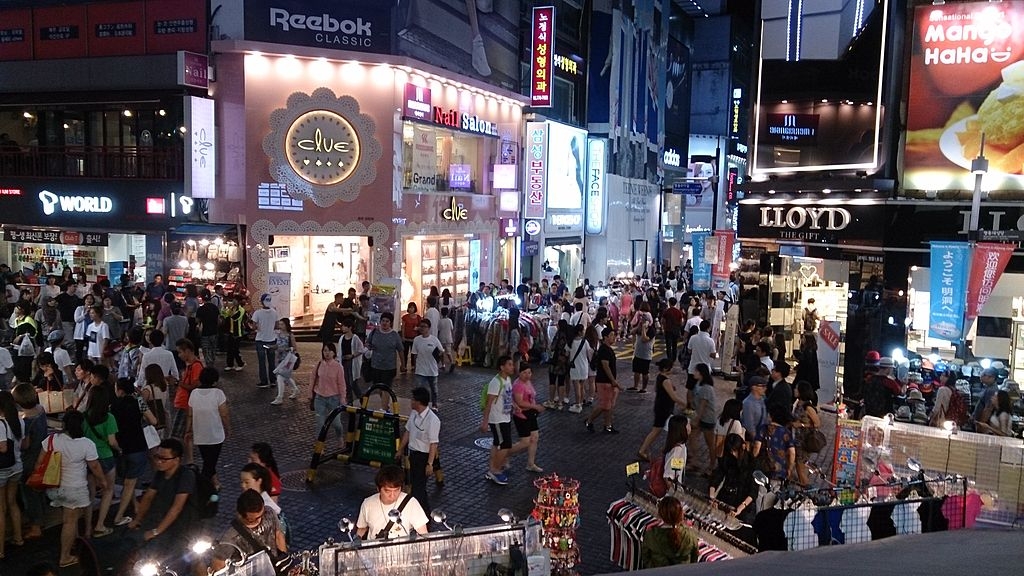
Seoul high street retail rents inch up by 0.7% in Q1
Myeongdong saw the steepest increase of 1.5%.
Both Shopping Malls and High Streets in Seoul experienced a modest increase in net effective rents by 0.6% and 0.7% q-o-q, respectively, said JLL in a report.
“Among High Streets, rents in Myeongdong showed the steepest rise of 1.5% q-o-q, while Gangnamdaero and Hongdae climbed by 1.0% and 0.5% q-o-q, respectively. Rents in Cheongdam and Garosu-gil stayed flat q-o-q,” the report added.
Here’s more from JLL:
Market yields for both Shopping Malls and High Streets stayed unchanged, standing at 6.2% and 6.0%, respectively. Innocean, intending to construct its HQ, acquired an urban retail building located at Seocho-dong 1316-2 and 1316-3 from Seocho PFV for KRW 190 billion. Also, IGIS Asset Management (Invesco) sold Yurim Building in Hongdae District to joint buyers for KRW 65.4 billion.
High Streets demonstrate polarisation in their vacancy recovery
No notable Shopping Mall (SM) or High Street (HS) stock was added to the basket in 1Q24.
The vacancy rates of SMs rose by 13 bps q-o-q as the vacancies in COEX Mall, Times Stream and IFC Mall increased slightly. For HSs, the overall vacancy rate dropped from 22.0% to 19.9%. Gangnam and Cheongdam slipped 445 bps and 327 bps q-o-q, respectively, while Myeongdong maintained a single-digit vacancy for two consecutive quarters. Yet, Garosu-gil’s vacancy rate climbed by 223 bps q-o-q.
Outlook: Unique High Streets attract market-leading consumers
As increased foot traffic drives High Street recovery, it is crucial to look at the consumption patterns behind the industry growth leaders. The recent influx of foreign brands, preferred by the younger generation, highlights the merit of trendy retailers. Those lacking in unique content are likely to experience a sluggish recovery, further widening the gap in demand between the High Streets.
Although a few notable urban retail asset sales were concluded in 1Q24, there is a prevailing murky outlook on the retail investment market. Backed by a pessimistic view of prompt interest rate cuts and the low investment appetite of investors, there have not been enough large-scale retail transactions to denote a price adjustment or movement in cap rates.
Note: Seoul Retail refers to Seoul's prime retail market.























 Advertise
Advertise






